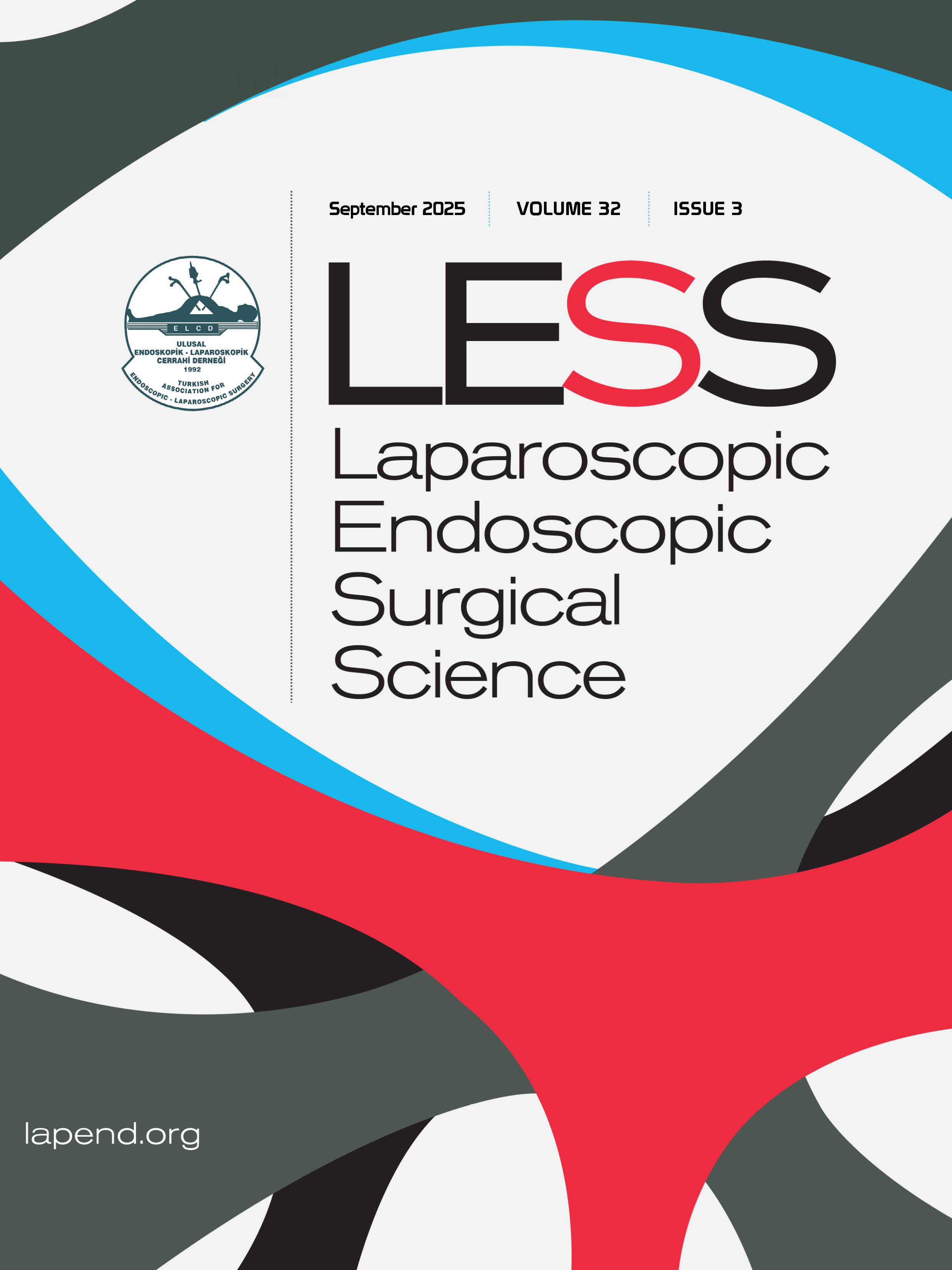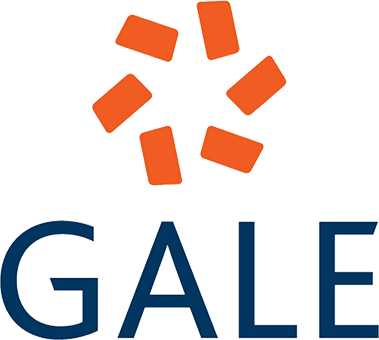Easier laparoscopic surgery in giant hydronephrosis: Intermittent drainage by percutaneous nephrostomy tube with simultaneous laparoscopic nephrectomy
Yunus Emre Göger1, Mehmet Serkan Özkent2, Muzaffer Tansel Kılınç1, Hakan Hakkı Taşkapu11Department of Urology, Necmettin Erbakan University Meram Faculty of Medicine, Konya, Turkey2Department of Urology, Konya City Hospital, Konya, Turkey
INTRODUCTION: The aim of the study is to describe intermittent drainage via percutaneous nephrostomy tube with simultaneous laparoscopic nephrectomy (LN) as a more feasible technique in giant hydronephrosis (GH).
METHODS: All of the patients with GH who underwent LN between March 2016 and December
2019 in our tertiary center were retrospectively evaluated. Patient demographics, perioperative data, surgical
technique, complications, and results were described. Ultrasound-guided percutaneous nephrostomy
catheter was inserted on the operating table in order to provide collector system decompression. 2030% of the measured volume was evacuated, and nephrostomy was clamped. As the renal sac was partially emptied, it contributed to the renal sac and other abdominal organs preservation during trocar insertion. 015% more urinary drainage was performed through nephrostomy in cases where the colon could not be assessed clearly with direct vision. During dissection, since the renal sac was partially filled, orientation was maintained and the renal pedicle was reached. In addition, it could be detected more easily in aberrant vessels. The remaining steps were similar to conventional transperitoneal LN.
RESULTS: The total number of the participants was 11, four female, and seven male, with a mean age of 25.6 ± 6.9 years. The mean surgical intervention time was 72.7±16.9 min. The mean urine volume discharged from the kidney was 2331.8±760 ml. Hospitalization time was, on average, 3.5±0.6 days. Clavien 1 complication occurred only in one patient. There was no observed any complication-related nephrostomy.
DISCUSSION AND CONCLUSION: This procedure is an easier way of dealing with a complicated surgical challenge. Intermittent drainage by percutaneous nephrostomy tube with simultaneous LN for GH is technically feasible and safe for selected patients.
Manuscript Language: English















